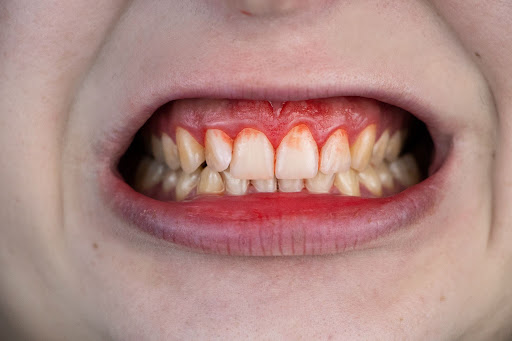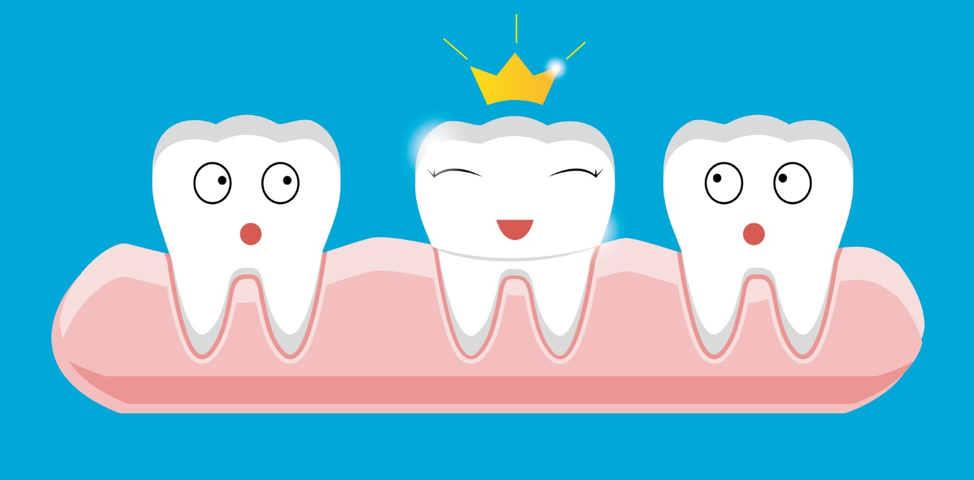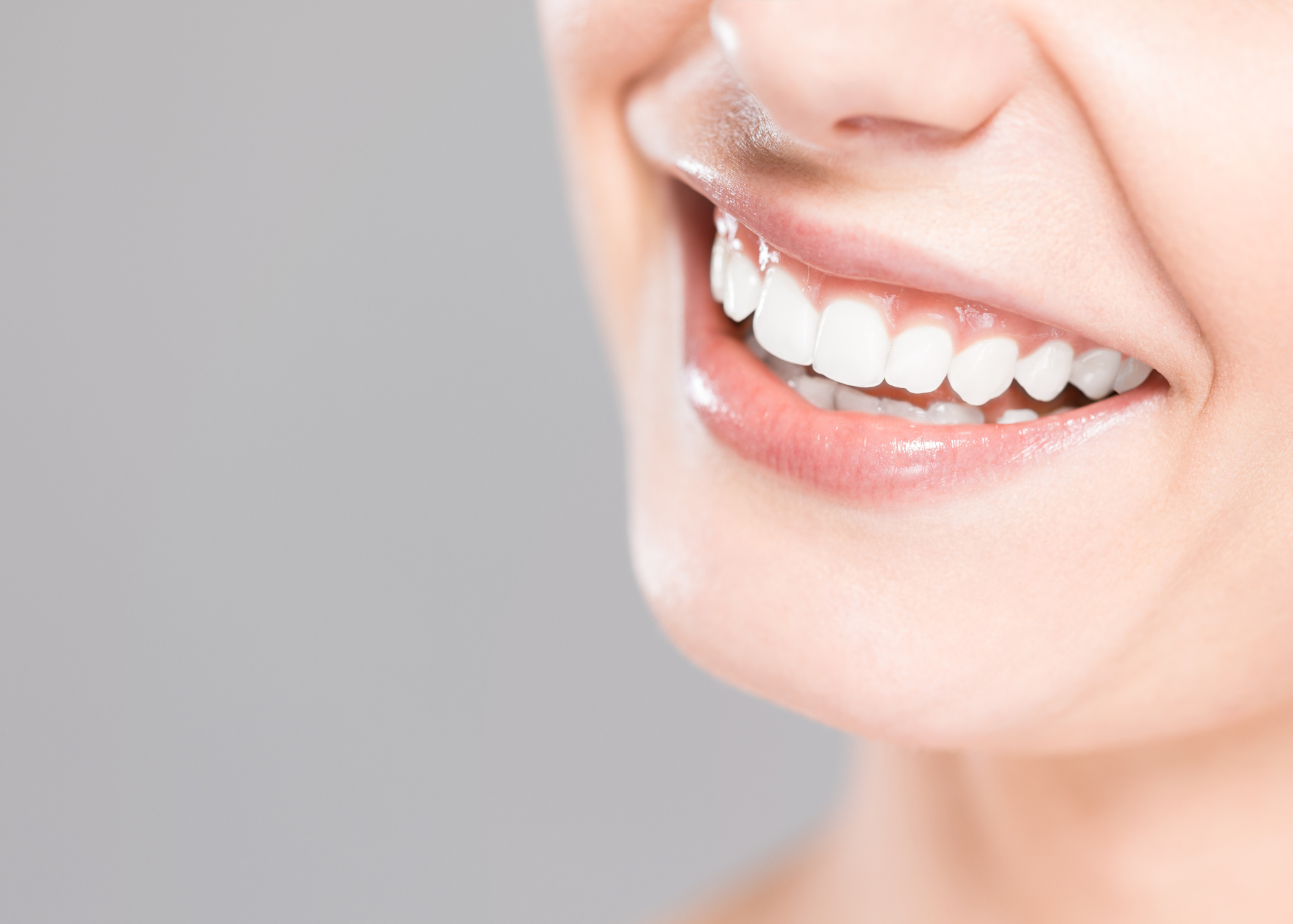
6 Tips to Sustain Your Smile Makeover Results
September 3, 2021
Ask an Atlanta Dentist: Does periodontal disease treatment hurt?
September 17, 2021When over half the tooth is damaged, dentists use crowns to save a tooth from extraction. A dental crown is a “cap” placed on the tooth to strengthen severely compromised teeth due to decay, fractures, deep stains, and more. By preserving the damaged tooth instead of removing it, the dentist can save the tooth root. Tooth roots help support normal chewing forces, which reduces the risk of jawbone atrophy.
Dentists utilize a wide variety of materials to fabricate dental crowns, and there are many contemporary crown options available to suit virtually every lifestyle. This blog discusses the differences between porcelain, porcelain-fused-to-metal (PFM), and gold dental crowns.
Durability
Crowns typically last between 5 and 15 years, but some materials last longer than others. The South African Dental Journal published a clinical review based on the longevity of different materials used for restorations. After over a decade of use, researchers discovered that:
- 75-80% of porcelain crowns survived.
- 90% of porcelain-fused-to-metal crowns survived.
- 96% of gold crowns survived.
Gold crowns are coined the “gold standard” because they can survive for decades with proper care. It’s important to note that tooth position, caries index, and restoration size can increase the rate of failure.
Aesthetics
Multiple studies show that feeling confident about your smile improves self-esteem and success. If a patient needs a crown in the front of the mouth, porcelain is the most realistic option. This type of crown is color-matched to the existing teeth so that the new restoration can blend in seamlessly for a more radiant, confident smile.
Some dentists consider porcelain-fused-to-metal as the best of both worlds because they are durable and mostly look like a natural tooth. However, if the gums recede or become thin, a common aesthetic concern with PFM crowns is that a dark gray, metallic line may appear.
Gold is not aesthetically pleasing. Gold crowns are ideal in the back of the mouth because they are strong but are hidden from sight.
Affordability
If you need dental work, it’s normal to consider the cost. The out-of-pocket cost of dental crowns will vary depending on how much your insurance will cover, the preparation involved, and the type of material used.
Without insurance, this is the cost range of crowns:
- Porcelain crowns are $800-$3,000 per tooth.
- PFM crowns are $875-$1,400 per tooth.
- Metal and Gold Crowns $800-$1,400 per tooth.
Metal Allergies
Chemical Research in Toxicology reports that metal allergies are prevalent in the general population and affect 17% of women and 3% of men. Ceramic crowns are ideal for patients who are allergic to metals.
Porcelain-fused-to-metal and gold crowns are composed of a mixture of metals:
- PFM is typically composed of base metal alloys (a blend of cobalt, nickel, chromium), titanium, and gold alloys. Base metal alloy crowns are a popular choice. However, dentists do not recommend PFM crowns to patients with metal allergies.
- Gold alloys are 40% gold, 40% copper and tin, and 20% platinum, silver, and palladium. Despite being metal, gold crowns do not typically cause allergic reactions.
Book a Crown Consultation Today
Dr. Abbey J. Lee educates patients in Atlanta, GA, on the differences between the various dental crowns and helps them decide which type is most suitable for their unique case.
If you have additional questions about dental crowns, schedule a consultation by calling 404-328-7177 or message us online.


